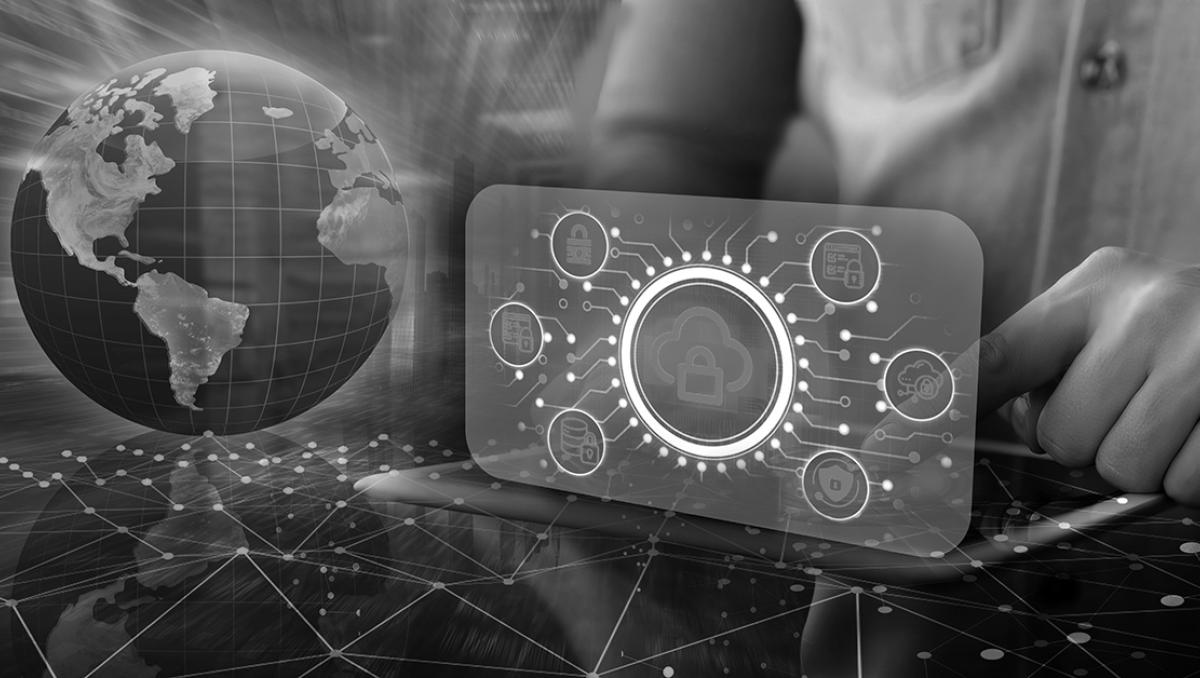
You can become a victim of a cyberattack while using public Wi-Fi. Hackers can infiltrate devices and steal sensitive data by unknowingly connecting to a malicious network.
One might fall victim to a phishing scam during online banking. By intercepting financial details through an OTP over the phone, fraudsters can wreak havoc on business finances. In both instances, lack of awareness is dominant from the victim’s perspective.
As the world increasingly relies on digital technologies, cybercrime is on the rise, with 2023 witnessing a significant surge in attacks, affecting over 343 million individuals.
Data breaches soared by 72% between 2021 and 2023, surpassing previous records. E-mail, used worldwide for personal and professional communication, remains a prime target for cybercriminals, with 35% of malware delivered through e-mail in 2023.
The widespread impact of cyberattacks is costly, with the average data breach costing $4.45 million and compromised business e-mails resulting in $2.7 billion in losses in 2022 alone. These alarming statistics underscore the critical need for cybersecurity awareness as global cybercrime costs exceeded $1 trillion in 2020, continuing to rise with ransomware attacks surging by 150% in 2020, with ransom demands reaching hundreds of millions of dollars.
What is cybersecurity and digital identity?
Cybersecurity protects computers or other digital systems, networks, and data from unauthorized access, attacks, damage, or theft. It encompasses various technologies for safeguarding information and preventing cyber threats.
Digital Identity, conversely, pertains to the digital representation of an individual, organization, or device within the online domain. It comprises the unique attributes, credentials, and information associated with an entity’s online presence, including usernames, passwords, biometric data, and digital certificates.
Who are the victims?
Victims often prey on cyber threats like hacking, phishing scams, malware attacks, and data breaches. Due to compromised digital security, they may suffer from financial losses, identity theft, reputational damage, and disruption of operations.
In 2019, First American Financial Corp. experienced a massive data leak, exposing sensitive customer information due to a human error in its system. Another notable incident occurred in 2018 when Quora suffered a data breach affecting millions of users, emphasizing the need for solid password hygiene.
How to protect yourself?
Safeguarding one’s digital identity is paramount when it comes to cybersecurity.
Begin with passwords. Creating a robust password with unique characters can protect one’s accounts. Regularly backing up one’s computer files ensures that data remains intact during a breach.
Exercise caution when accessing sites or services on public wireless networks, as these can be breeding grounds for cyber threats.
Strengthen the defences of wireless routers by replacing default passwords with complex alternatives.
When conducting online transactions, exercise shopping with reputable merchants. Opt for secure payment methods like credit cards or online payment services and monitor the irregularities of the financial statements. Look out for HTTPS protocols and closed padlock symbols when divulging sensitive information online, and refrain from sharing financial details or social security numbers via e-mail or any other medium.
Exercise discretion on social networking platforms, minimizing the sharing of personal information and reducing it to zero. One should keep their National ID card, Passport, Driving license, and birth certificate number private from social media platforms.
Turn off Bluetooth and Wi-Fi when not in use, and ensure proper disposal by wiping devices clean before discarding them.
Safeguarding your digital identity demands a proactive approach and adherence to best practices across all facets of digital engagement. By implementing these essential tips, one can fortify their defences and facilitate the digital landscape with confidence and security.


